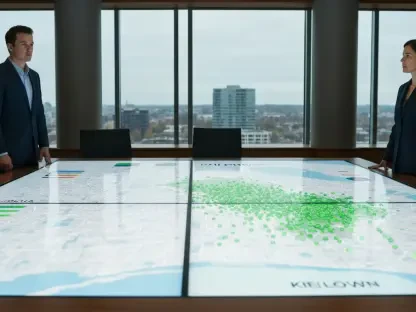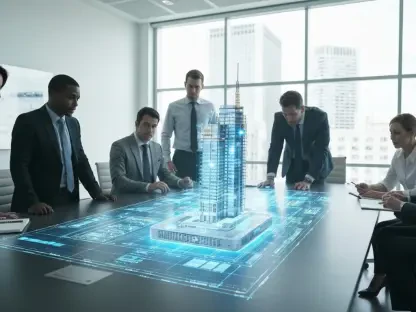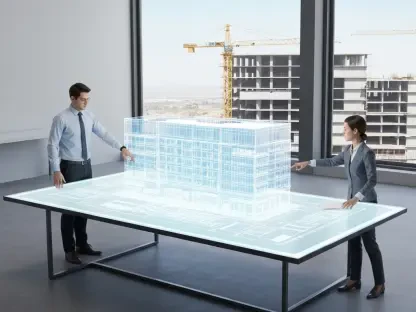In a city renowned for its rapid transformation from a modest fishing village to a global tech and business powerhouse, Shenzhen, China, with its population of 12 million, is now carving out a bold new identity as a cultural epicenter. This ambitious pivot is epitomized by a groundbreaking cultural complex that merges art and knowledge into a singular, awe-inspiring space. Spanning an impressive 138,000 square meters, this project not only redefines the urban landscape but also sets a benchmark for how architecture can foster community and creativity. Designed by KSP Engel GmbH in partnership with a local design firm, the complex has already garnered international acclaim, signaling Shenzhen’s intent to stand shoulder-to-shoulder with the world’s cultural capitals. This development transcends mere buildings; it represents a vision of integration where public spaces become platforms for dialogue, inspiration, and connection, reflecting a growing global emphasis on cultural infrastructure as a cornerstone of modern urban life.
Architectural Innovation and Urban Integration
The design of this cultural complex in Shenzhen stands as a testament to architectural ingenuity, seamlessly blending form and function to create a landmark that resonates with the city’s dynamic spirit. Covering a footprint of roughly 250 by 100 meters, the structure unites an art museum and library under a striking, wide roof that serves as both a symbolic gateway to culture and a practical shield for the entrance plaza. This unifying element not only ties the two distinct sections together but also fosters a deep connection with the surrounding urban environment. The uniform stone façade exudes a sense of timelessness, while the thoughtful layout prioritizes accessibility and interaction. By integrating natural materials and expansive public areas, the architects have crafted a space that feels both monumental and inviting, aligning with contemporary trends in sustainable urban design. This project exemplifies how architecture can transcend aesthetics to address the needs of a bustling metropolis, offering a blueprint for cities worldwide striving to balance growth with cultural enrichment.
Fostering Community Through Cultural Spaces
Reflecting on the impact of Shenzhen’s cultural complex, the emphasis on creating functional, engaging spaces for public use was a defining achievement. The library, often described as an “urban living room,” boasts bright galleries and a central atrium bathed in natural light, with a five-story reading room offering thousands of desks for communal study and reflection. Meanwhile, the museum’s glass façade and terraced exhibition levels provide a transparent, accessible venue for art, allowing visitors to engage with both the displays and the cityscape beyond. The public plaza emerges as a vibrant hub, bridging the architectural design with the urban fabric and encouraging diverse communities to come together. These elements collectively position Shenzhen as a leader in cultural innovation, demonstrating how thoughtful design can enhance a city’s identity. Looking ahead, the success of this project serves as an inspiration for other cities to invest in spaces that prioritize human connection, suggesting that the future of urban development lies in harmonizing functionality with cultural significance.









